S-20
Design and Construction Notes
The low amount of reserve buoyancy in the bow for the EB design caused them to burrow into the waves while running at high speed on the surface, making them wet boats in anything other than calm seas. The first modification made was to the S-20's bow. Gone was the straight up and down chisel bow with its characteristic hawse pipe. It was replaced with a curved, raked bow with a outward upper flare. Hidden inside was a bow buoyancy tank. These features were intended to make the bow ride up and over a wave instead of burrowing into one. The widened fore deck required the modification of the bow planes operating system, moving the planes slightly outboard. This also eliminated the distinctive slab-sided angular fairings in front of the bow plane pivots.
In an effort to expand the range of the boat, S-20 was fitted with external "saddle" fuel tanks attached to the outer hull on each side amidships. These seawater compensated tanks carried an extra 5,889 gallons (22,292 liters) of diesel fuel.
The aft superstructure skeg that ran from the after deck down to the rudder had been a source of frustration for the boat's crews. It was difficult to access to do maintenance and thus tended to rust quickly and become damaged. In some cases the skeg rusted so severely that it broke away in heavy seas. On S-20 the skeg was completely rebuilt to a profile much slimmer and smaller that the other boats. These three modifications gave S-20 a distinctive profile.
While the modifications did indeed work, they did not work well enough to overcome the basic limitations of the EB design S-class boats. They were also expensive, and a budget minded Navy could not justify the additional expense of modifying any more boats. A proposed 1926 scheme to modify all of the existing EB design S-boats in a similar fashion was not approved, in part due to the experience with S-20.
In 1931 S-20 became an engineering trials ship. Over the course of the next 14 years she tested a variety of different propulsion technologies. Some of the engines she had for only a few months of testing, others for several years. S-20 retained her original NELSECO 8-EB-15 direct drive engine and drive train on the port shaft, but her starboard engine was changed several times during this period to test new configurations. She was the only USN diesel direct drive submarine with a different engine on each shaft. She even tested a diesel electric arrangement on that starboard shaft! Some of these engines included a German MAN 600 bhp direct drive engine (1931), a MAN W6V 28/38 700bhp diesel electric (1932), a Sun Shipbuilding 685 bhp, six cylinder inline diesel electric (1932?), and an Electric Boat 16VM1 635 bhp diesel electric (1933).
In 1945, near the end of the war, S-20 ran trials for a prototype snorkel head valve. This particular prototype was not connected to the engine room ventilation in any way. It was intended to test water flow around the snorkel head and test the operation of an early design of the head valve, which was intended to shut when the head dipped below the waves. The data gained from the S-20 tests was later incorporated into a working design, which was installed for initial testing on the USS R-6 (SS-83) in August, 1945 in Florida waters. Much more work was needed to refine the design for fleet use, and the first operational model was installed on the USS Irex (SS-482) in 1947. The snorkel was a key piece of technology that came into heavy use during the post-war era, but was just a little too late for WWII.
Although she never made a war patrol, S-20 proved to be very useful to the Submarine Service and she was honorably decommissioned and scrapped just as the war was ending in 1945.Exterior Photos
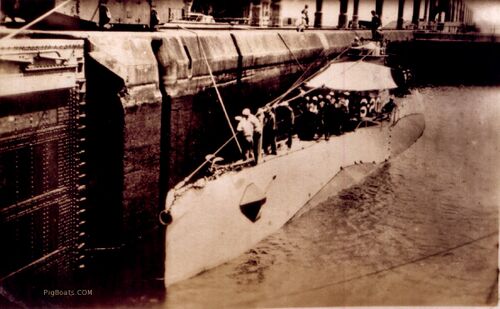
A lock gate can be seen on the left and behind the submarine is another gate. The lock behind is higher than the shown lock which means the submarine is descending to sea level. She may be in a center lock or the last lock. It is unclear which direction she is proceeding.
The time frame is prior to her March 1924 to February 1925 conversion, when she became an engineering test platform, testing a variety of engine configurations. Her standard S-class bow was replaced with a radical new bow to test the sea keeping and submerged abilities of the new design. This type bow was to be used in the next class of submarines, the V-class and in a modified version was used in the later WWII boats and became known as a "fleet bow".
Photo from an original post card in the private collection of Ric Hedman
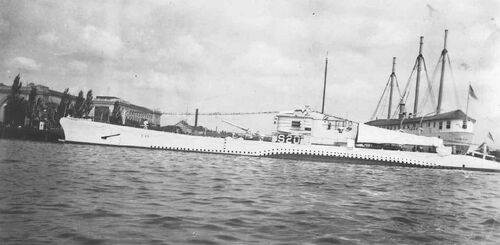
U.S. Navy photo
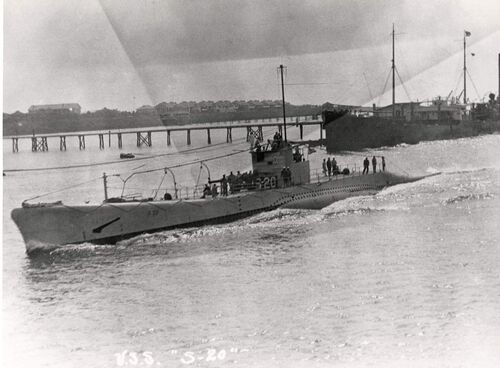
USN photo # NH 94167 via NHHC.
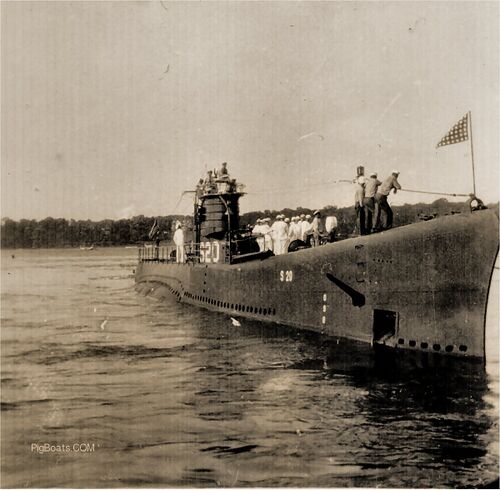
Note that the submarine is anchored. The anchor chain can be seen running out the anchor housing fairing. There are sailors in both whites and dungarees on deck. Those in whites are actually Midshipmen from the academy, aboard to get a feel for submarine operations. The shape and color of their headgear indicates their status. Those not in whites are men from the crew and they comprise the inport duty section.
Photo in the private collection of Ric Hedman

U.S. Navy photo

Photo provided by Stan Lintner, from the Lintner Family Collection. Used with permission.

Photo provided by Stan Lintner, from the Lintner Family Collection. Used with permission.
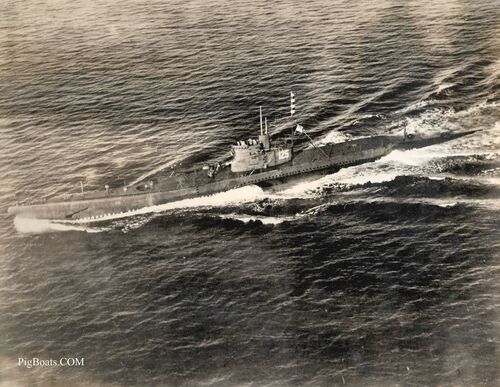
S-20 underway in the Atlantic, in 1945 near the end of the war. The S-20 had been engaged in engineering test work for over 15 years. She was chosen to test a prototype shape for snorkel technology then just being developed by the USN, based on a Dutch design. The prototype can be seen mounted on a thin mast just aft of the fairwater. This particular prototype was not connected to the engine room ventilation in any way. It was intended to test water flow around the snorkel head and test the operation of an early design of the head valve, which was intended to shut when the head dipped below the waves. The data gained from the S-20 tests was incorporated into a working design, which was installed for initial testing on the USS R-6 (SS-83) in August, 1945 in Florida waters. Much more work was needed to refine the design for fleet use, and the first operational model was installed on the USS Irex (SS-482) in 1947. The snorkel was a key piece of technology that came into heavy use during the post-war era, but was just a little too late for WWII.
The S-20 is almost unrecognizable from her original configuration, having been heavily modified in the late 1920's when she became an engineering and concept development boat.
USN photo in the private collection of Ric Hedman.
Internal Photos
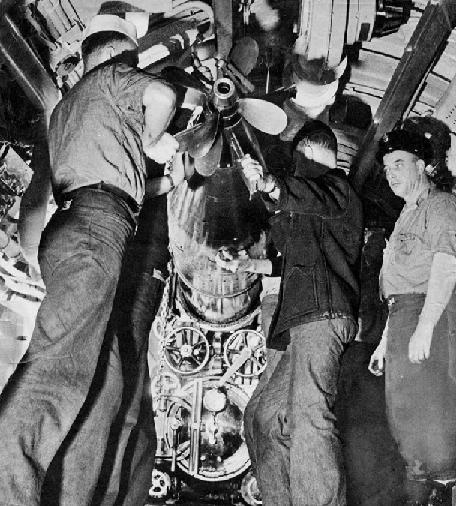
Photo provided by Stan Lintner, from the Lintner Family Collection. Used with permission.
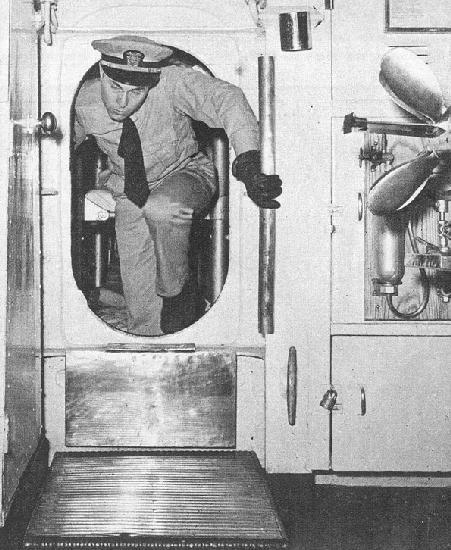
Photo provided by Stan Lintner, from the Lintner Family Collection. Used with permission.
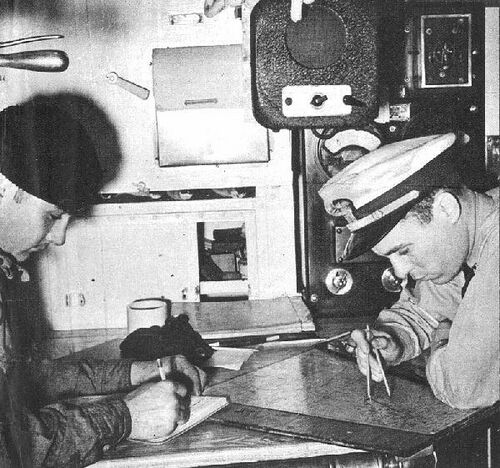
Photo provided by Stan Lintner, from the Lintner Family Collection. Used with permission.
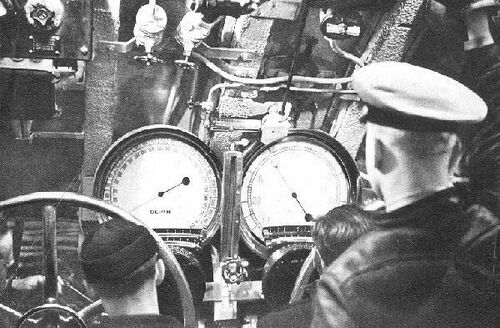
Photo provided by Stan Lintner, from the Lintner Family Collection. Used with permission.

Photo provided by Stan Lintner, from the Lintner Family Collection. Used with permission.
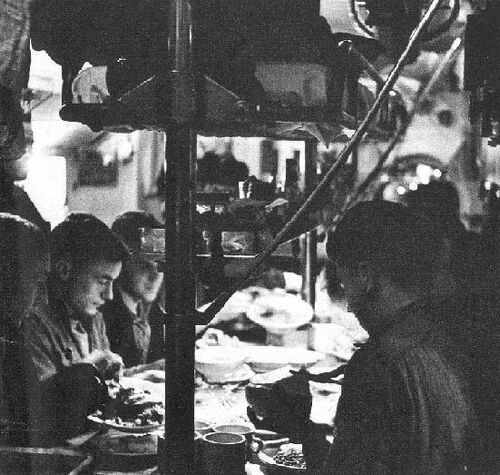
Photo provided by Stan Lintner, from the Lintner Family Collection. Used with permission.

Photo provided by Stan Lintner, from the Lintner Family Collection. Used with permission.
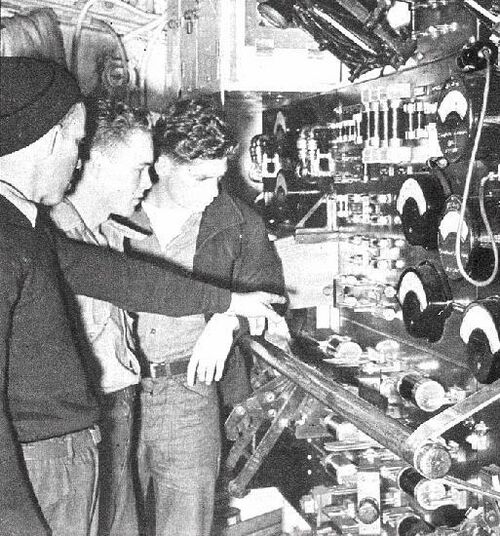
Photo provided by Stan Lintner, from the Lintner Family Collection. Used with permission.

Photo provided by Stan Lintner, from the Lintner Family Collection. Used with permission.

Photo provided by Stan Lintner, from the Lintner Family Collection. Used with permission.
Page created by:
Ric Hedman & David Johnston
1999 - 2023 - PigBoats.COM©
Mountlake Terrace, WA, Norfolk, VA
webmaster at pigboats dot com
